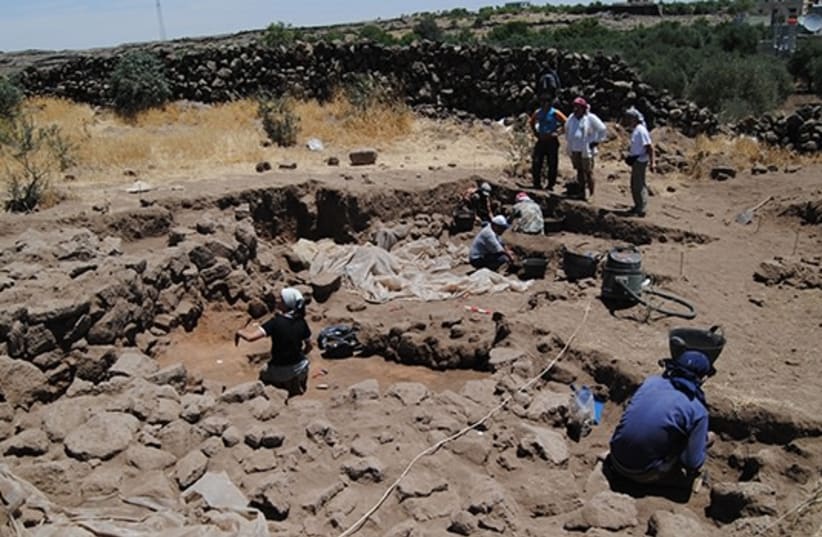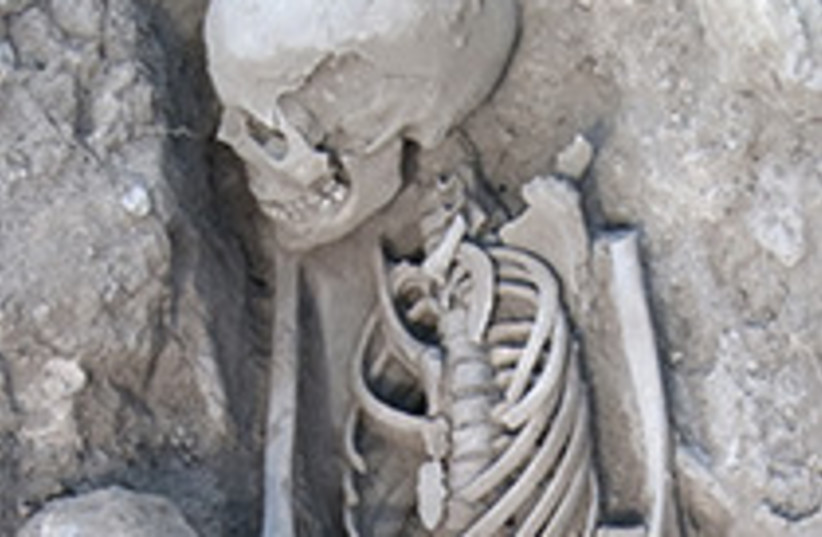An international research team led by Lund University in Sweden has developed a method that can accurately date human remains that are up to 10,000 years old by analyzing DNA with the help of AI.
In a peer-reviewed study published in the journal Cell Reports Methods on Monday, researchers developed the temporal population structure (TPS) - which is a dating method for genomes ranging from the Late Mesolithic period to the present.
The research team looked at 5,000 human remains from the Late Mesolithic period and determined accurate dates for how old they are.
"Unreliable dating is a major problem, resulting in vague and contradictory results," according to Eran Elhaik, a Lund University researcher in molecular cell biology.
"Our method uses artificial intelligence to date genomes via their DNA with great accuracy," he said. Researchers do not expect TPS to replace radiocarbon dating.
"Unreliable dating is a major problem, resulting in vague and contradictory results. Our method uses artificial intelligence to date genomes via their DNA with great accuracy."
Eran Elhaik
TPS vs. Radiocarbon dating
Radiocarbon dating has been the standard method before TPS to determine how old ancient remains are, but it has not always been accurate. TPS can be used when radiocarbon dating is unable to develop alternative hypotheses for samples younger than 10,000 years.

